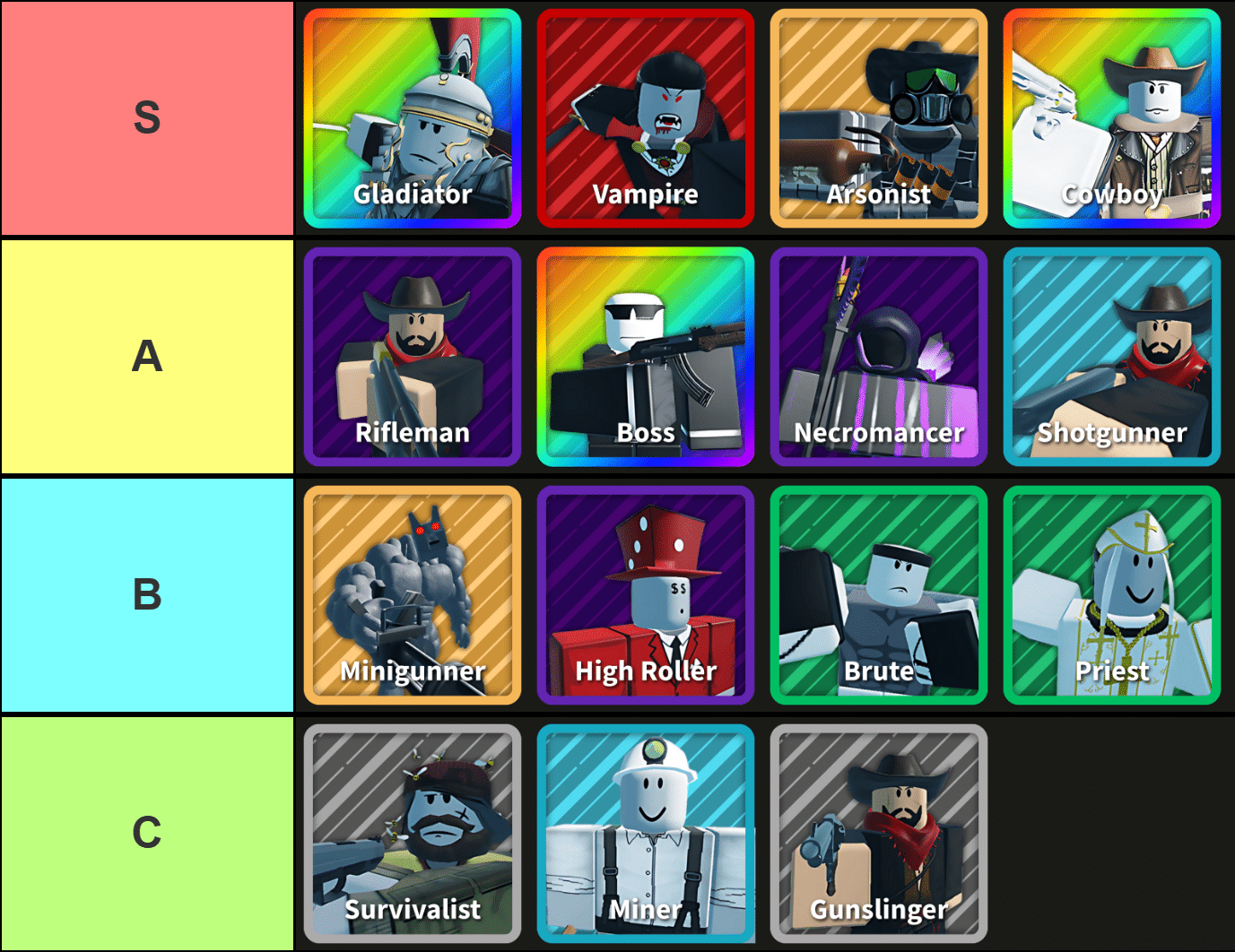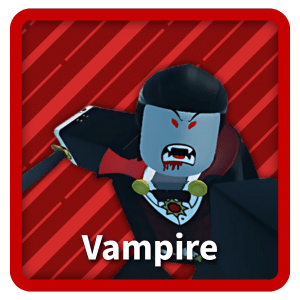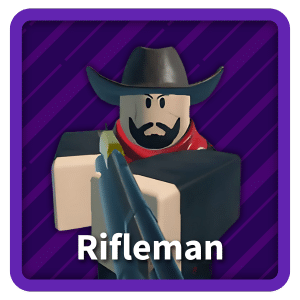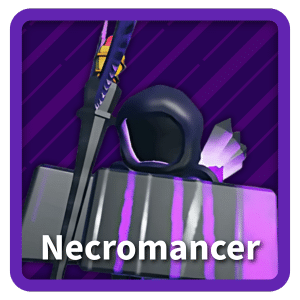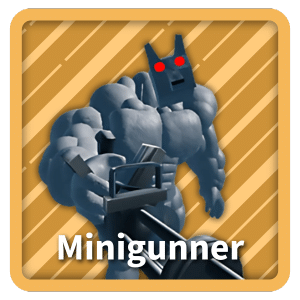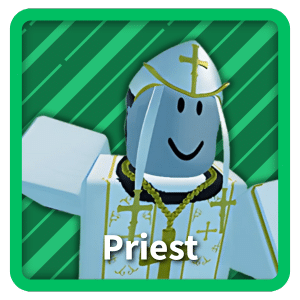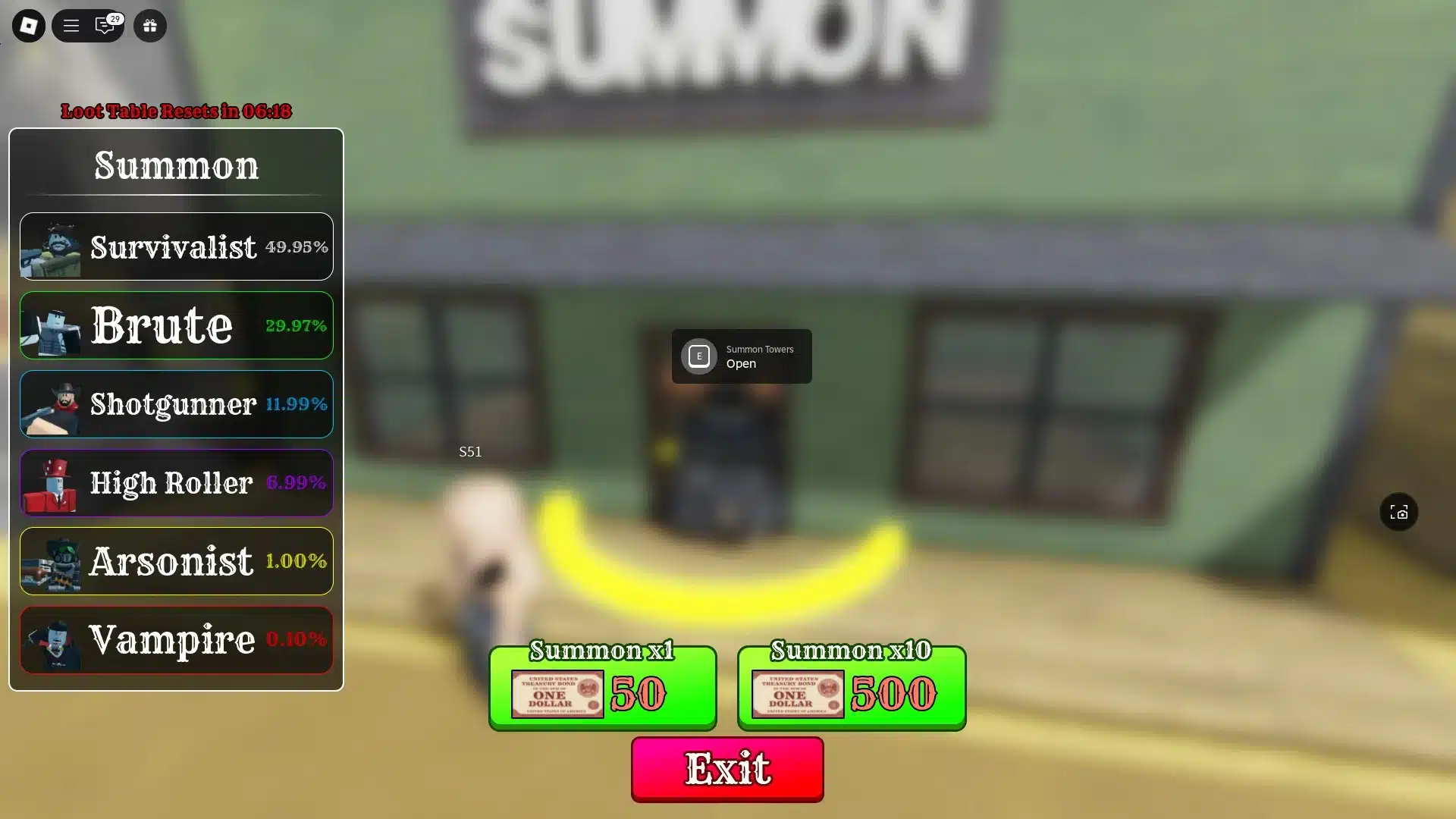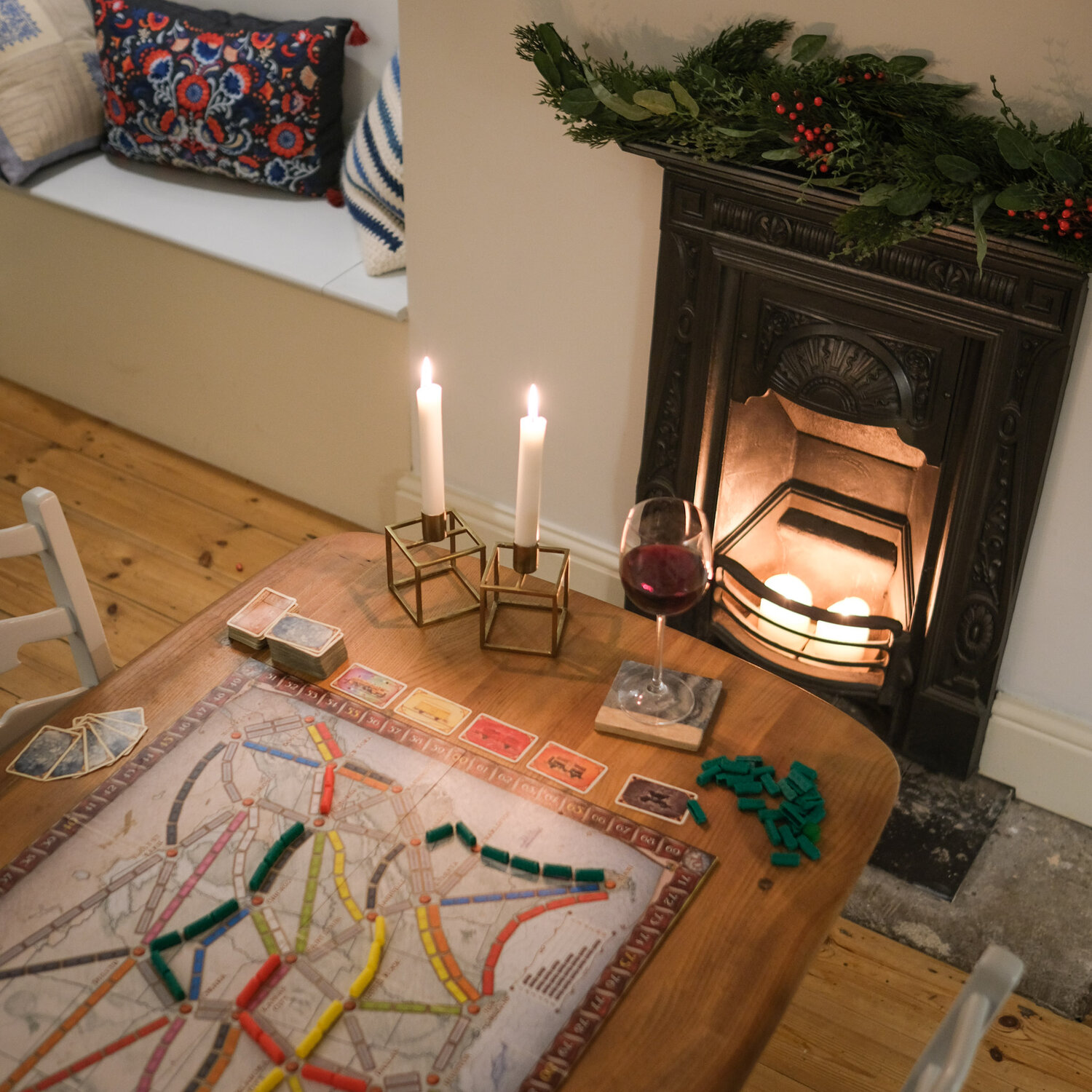I’m looking for any information about a card game that was taught to me by a friend, who claims this game is of Turkish origin.
The game plays fairly similar to shedding card games like Mau-Mau, Uno, or Crazy Eights. It is played with one deck of standard French cards per two persons, including 2 jokers per deck (so 3 and 4 persons play with 2 decks + 4 jokers). The player who sheds their last card wins the round. At the end of the round each player counts the value of their remaining cards and adds it to their tally. If the last card played was a joker every opponent gets another 100 points each added to their score. At the end of the game the player with the least points wins.
Before the start of the game one player shuffles the cars. The player to the left of them then cuts the deck anywhere and openly draws all of the "significant" cards or clubs, until they have either 7 cards or there is a regular card. The dealer then combines the lower pile on top, the upper pile (the one that just got drawn from) on the bottom, so that every player knows the last card. From this pile the dealer deals each player cards up to 7 cards. The remaining cards are then placed face-down in a drawing stack.
The player to the left of the dealer begins the game by playing a club or a jack. Every player also has to play a club or jack. Significant cards that force another player to draw a card can be played, but have no effect. When the turn switches from dealer to 1st player (or vice-versa), these restrictions are lifted.
If a player is unable or unwilling to legally play a card they have to draw one card from the drawing stack. If it enables them to play a legal card they may do so in that same turn, but they can not continue to draw more cards. If the drawing stock is depleted it is NOT replenished, instead you have to skip as many turns as you would have drawn cards.
When you play your second to last card you have to announce Tek, or else you will have to take a penalty card (I think Tek is just Turkish for last card). You can chain significant cards to skip that announcement. For the next game the player that did the initial cut of the deck now becomes the dealer.
Significant cards are as follows:
- Ace: Every other player has to draw one card, you are required to continue your turn by playing another legal card.
- 10: Direction of play changes, you may play another legal card, but you don’t have to.
- Jack: You can determine the suit to be played by the next player. The next player can also play a jack instead.
- 7: The next player has to draw 3 cards from the drawing pile. If they themself have a 7 in their hand, they can instead play that 7 and the next player has to draw 6 cards, and so on. The player drawing the cards is allowed to continue their turn as normal. This card can not be combined with the joker.
- Joker: Same effect as the 7, but instead the player has to draw 10 cards. It can not be combined with the 7. It
can be played on every suit. After a joker play resumes to whatever card was played before the joker.
The cards are valued as follows:
- Numerals: Their number
- Queen, King, Ace: 10
- Jack: 25
- Joker: 100
This game was taught to me over 10 years ago by an acquaintance of Turkish origin. Since then I have played this game with many friends and family. It is our absolute go-to card game, as it is taught easily, it requires some strategy, but is not too involving as to not have a little chat while playing it. With my closest friends we even have coined a little trophy that the winner of each session gets to keep. Usually when we all get the chance to meet up we tally our scores over multiple days, but we don’t add them up until the very end to keep the rankings a secret.
The game rewards building up chains and keeping high valued cards until the end. Ending your game while others still have their jokers on their hands, seeing their desperation growing with each card you play is a priceless feeling. 😀 In the opposite direction, jokers can sometimes feel like they are "burning" in your hand.
This type of game tends to vary the rules a lot, and we had to come up with some ourselves to deal with edge cases. Therefore the rules depicted here may not reflect the exact rules you know – however I am looking for any game from the same region with sort of similar rules. We refer to it as Tek simply because the name stuck, but I’m sure the actual name was different. Any hint is appreciated.
Source link

![Dead Defense Tier List [UPD 2.1] – Best Towers for Nightmare, Trade Values, and More](https://histream.ir/wp-content/uploads/2025/05/dead-defense-tier-list.webp.jpeg)
